According to delegate Do Duc Hien (Ho Chi Minh City National Assembly Delegation), Standing Member of the National Assembly's Law Committee, the regulation on "land use regime for construction of aerial works, underground works, land formed from sea encroachment activities" is one of the contents of the task of perfecting the institutional policies on land management and use in sync with the institutional development of the socialist-oriented market economy as defined in Resolution No. 18-NQ/TW of the Central Committee.
To institutionalize this content, the draft Land Law (amended) in addition to focusing on regulations on the management and use of surface land also has regulations on the land use regime for construction of overhead and underground works. In particular, the draft Law has devoted Article 214 to regulate land for construction of underground works.
“It can be said that the above regulations have initially formed a legal mechanism to maximize the efficiency of land use in the direction of expanding land funds in space, serving the goals of socio-economic development in the context of increasingly limited land funds, especially urban land. This is also considered one of the important and very necessary innovations in land management and use policies that have been and are being implemented by many countries,” the delegate affirmed.
Regulations on underground space planning are still scattered, separate, and lacking in uniformity.
However, delegate Do Duc Hien pointed out that according to the provisions of Clause 1, Article 179 of the current Land Law, " Land users are obliged to use land for the right purpose, within the boundaries of the land plot, in accordance with the provisions on depth underground and height above ground, protect underground public works and comply with other relevant provisions of law" . This content continues to be recorded in Clause 1, Article 30 of the draft Land Law (amended). Meanwhile, according to the provisions of Article 175 of the Civil Code, " land users are allowed to use space and underground vertically from the boundaries of the land plot in accordance with the provisions of law" . Thus, the current land law, civil law and the draft Land Law (amended) do not have specific provisions on the height and depth that organizations and individuals with the right to use land are allowed to exploit and use. This height and depth limitation is implemented according to the provisions of specialized laws.
Through review, delegates commented that the Law on Construction, the Law on Urban Planning and current implementing documents have some specific regulations to manage ground space and space above ground. Particularly for underground space, there is Decree 39 of 2010 of the Government and currently some localities such as Hanoi have underground space planning. However, it can be seen that these regulations are still very scattered, the approach is still separate, lacking synchronization; the coverage of the planning is not yet complete, causing confusion in management. In many cases, the scope of space use by land users is very wide or has not been determined, leading to the fact that on a plot of land, at the same time, there is only one entity exploiting and using it, causing difficulties in taking advantage of land resources.
It is necessary to supplement the regulations on the principles of dividing underground land use rights into vertical zoning.
From the above analysis, to overcome these problems, delegate Do Duc Hien said that the draft revised Land Law needs to be studied and supplemented with regulations on the principle of dividing underground land use rights into vertical zones; accordingly, based on each type of land, in addition to the surface area of the land user, it also stipulates the maximum depth at which surface land users can exploit and use. At the same time, regulations on the use of space above the ground should be supplemented to ensure consistency.
Also according to the delegate, although Clause 1, Article 214 stipulates that land for underground construction includes: (1) land for construction of above-ground works serving the operation, exploitation and use of underground works and (2) underground space for construction of underground works that are not underground parts of above-ground works. However, most of the provisions of the draft Law only mention land for construction of above-ground works serving the operation, exploitation and use of underground works, but there are no regulations to regulate underground space for construction of works. For example, in public areas, flower gardens, parks, and squares, can organizations and individuals be granted the right to use underground space? In addition, the delegate said that it is also necessary to clarify in the case of allowing the use of underground space to construct works that are not underground parts of above-ground works, how the land use mechanism and the relationship between the subjects with the right to use the land surface and the owners of underground works will be resolved to facilitate the exploitation and use process.
On the other hand, Clause 2, Article 214 of the draft Land Law stipulates that land users under the provisions of this Law are entitled to transfer, lease, and sublease underground space in accordance with the provisions of law when determined by the State according to the law on construction, the law on urban planning, the law on architecture, etc. Thus, it can be understood that within the limits of underground depth that the law on construction, the law on urban planning, and the law on architecture stipulates for land users to use, land users have the right to transfer, lease, and sublease underground space. This approach, according to the delegate, is also basically consistent with the regime on surface rights stipulated in the Civil Code, according to which " Surface rights are the rights of a subject to the ground , water surface , space above the ground , water surface , and underground space whose land use rights belong to another subject" . However, the draft Law has not yet specified the purpose of transfer, lease, sublease, and specific procedures for implementation. To ensure the feasibility of the regulations, delegate Do Duc Hien proposed that the draft Law also needs to study and supplement to clarify these contents.
The delegate analyzed that the draft Land Law (amended) has provisions for initial registration and registration of changes in land use rights for construction of works on the ground serving the operation, exploitation and use of underground works, and ownership of underground works, but there are no provisions that the subject with surface rights must register surface rights. Believing that registration is very necessary because only through registration can the relationship between surface rights and land use rights be determined as well as the subject status of the person with surface rights be determined, the delegate also suggested that the drafting agency consider adding regulations on processes and procedures, as well as issuing sample documents, fees, and registration mechanisms for surface rights...
In addition, the draft revised Land Law also needs to supplement regulations guiding the implementation of issues related to surface rights such as calculating the costs of transferring surface rights, on the reasonable level of transferring surface rights to harmonize the interests of the parties, between the land user and the surface right holder, between the first person granted surface rights and the following people; the method of determining the responsibility of those granted surface rights for the protection and management of common property or the responsibility to compensate for damage occurring to the land surface or property attached to the land.../.


![[PHOTO] Hanoi fences off demolition of "Shark Jaws" building](https://vphoto.vietnam.vn/thumb/1200x675/vietnam/resource/IMAGE/2025/5/25/1b42fe53b9574eb88f9eafd9642b5b45)

![[Photo] French President Emmanuel Macron and his wife begin state visit to Vietnam](https://vphoto.vietnam.vn/thumb/1200x675/vietnam/resource/IMAGE/2025/5/25/03b59c7613144a35ba0f241ded642a59)
![[Photo] Ea Yieng commune settlement project abandoned](https://vphoto.vietnam.vn/thumb/1200x675/vietnam/resource/IMAGE/2025/5/25/57a8177361c24ee9885b5de1b9990b0e)
![[Photo] Funeral of former President Tran Duc Luong in Quang Ngai](https://vphoto.vietnam.vn/thumb/1200x675/vietnam/resource/IMAGE/2025/5/25/ccf19a3d8ea7450bb9afe81731b80995)
![[Photo] Welcoming ceremony for Prime Minister Pham Minh Chinh and his wife on an official visit to Malaysia](https://vphoto.vietnam.vn/thumb/1200x675/vietnam/resource/IMAGE/2025/5/25/dc30203c3ae24da3990266ec3b29bb2d)




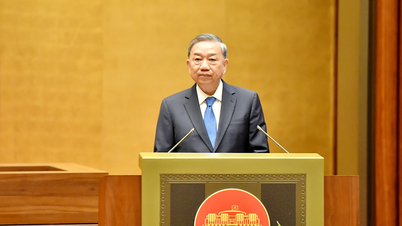










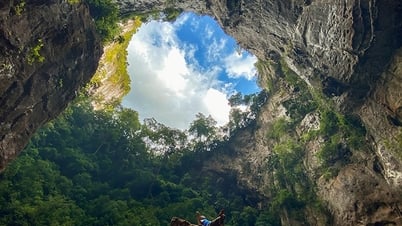
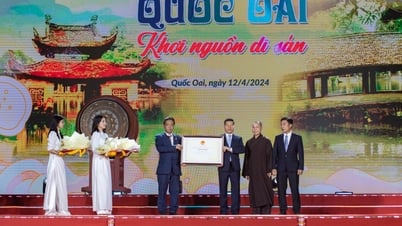

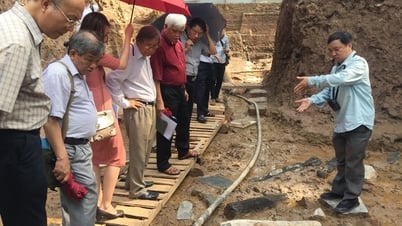































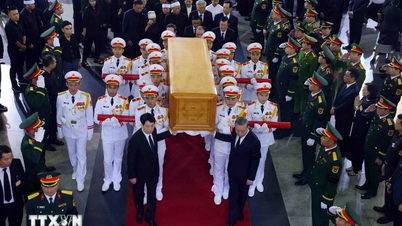
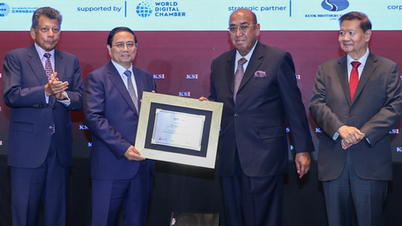

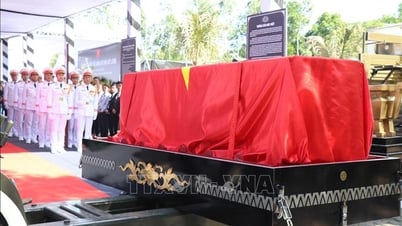








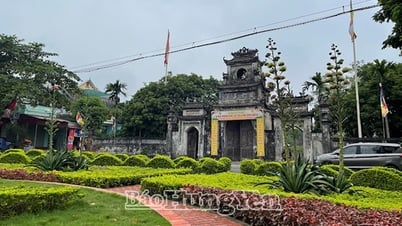




















Comment (0)